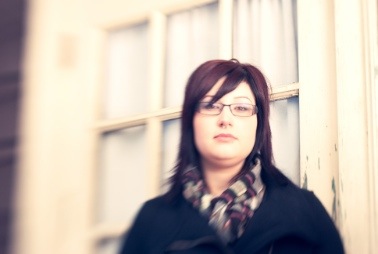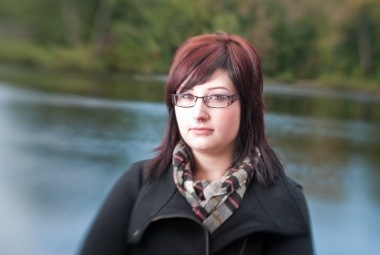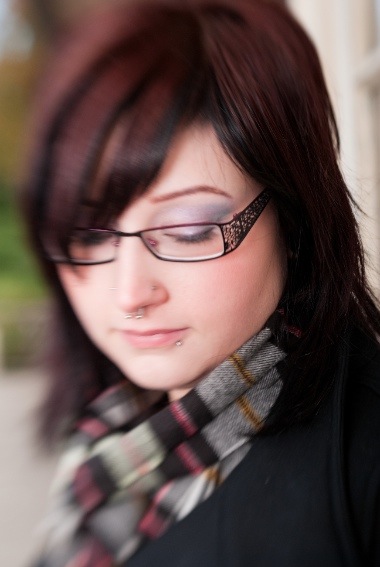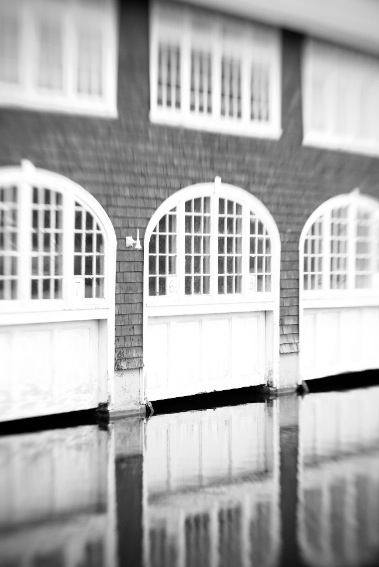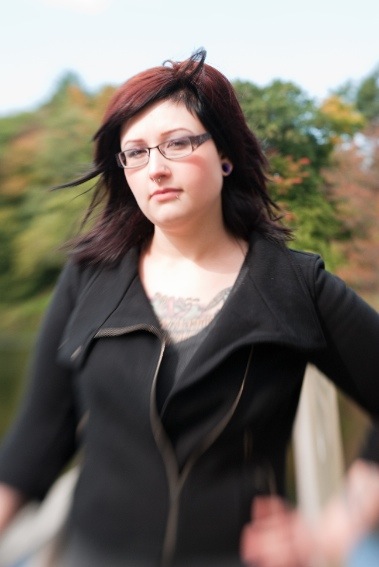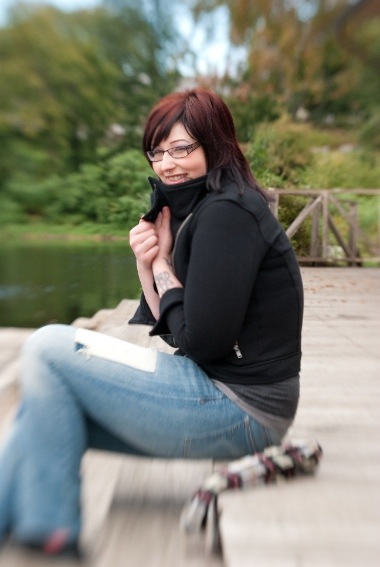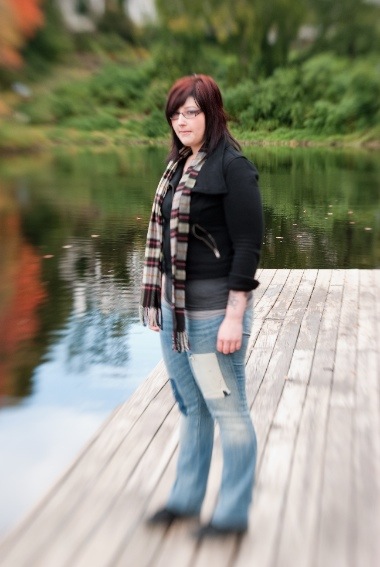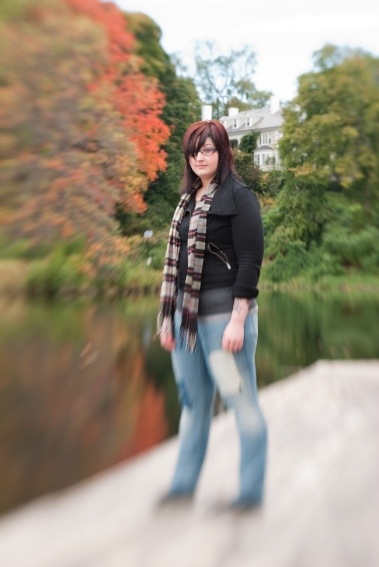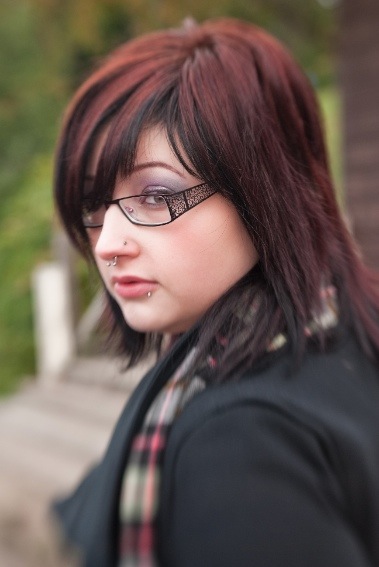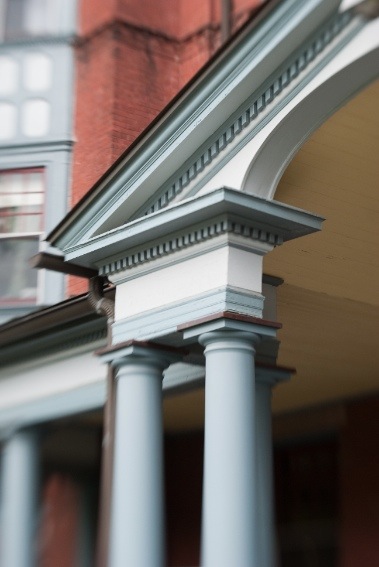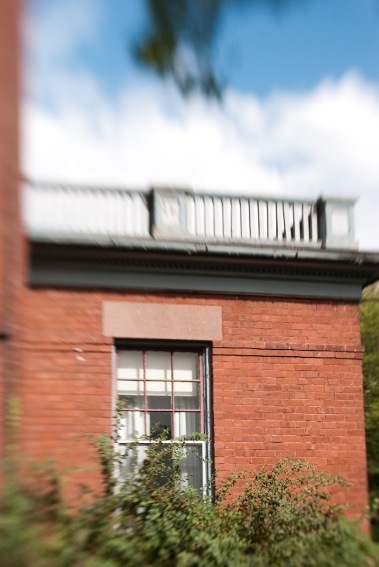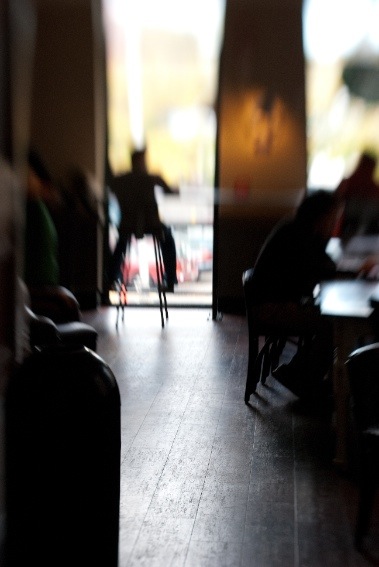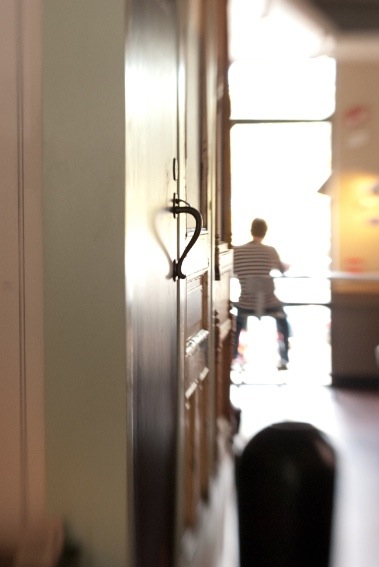Last weekend I had the luxury of test driving a very interesting lens. Lensbaby in conjunction with Hunts Photo and Video did a demo day. Participants were allowed to sign up and sit in for a short seminar with an instructor; to learn about how the lens functions. Our instructor, Steve Dunwell of Boston did a fantastic job of explaining the key characteristics and functions of this lens. Each of us was allowed to use the Composer The Lensbaby mid-level piece of glass. What really distinguishes these lens from any other 50mm lens is the fact that they can shift the plane of focus and create a suggestive and selective blur. Once you dial in the focus, you can then rotate the lens left, right, up, down, side-to-side, or corner-to-corner. This shifts the glass pulling the depth of field in and out of focus. A Lensbaby functions similar to what the View Cameras, (large format cameras 8x10, 4x5), would do with their bellows and focusing systems. However, the difference being is they are not designed to function as a device used to correct the distortion and correct the horizon or view plane. This means you can not use a Lensbaby to compensate for a building that is skewed in it's perspective.
When I signed up for the event I had one thought in mind, I must use this lens to do some portraits. As a wedding and portrait photographer, I am most concerned with how I would be able to integrate this lens into my daily shoots and photographic practices. This lens would actually remove a step in my post production when I blur some of my vignettes and would allow me to create some very dramatic and visually appealing photographs and portraits. During the instructional lecture on how the lens functions I was very anxious and antsy. I just wanted to get out and give this baby, no pun intended, a shoot. I was developing a set of ideas to work with and how I wanted the lens to function for me. In terms of this being a gem in my box of lenses, it was very important that I see just how it would function on a portrait shoot. So, to add to the lens I had to have a set of lights with me to light my model. I carried with me a Profoto strobe and a Vegabond to power the light, to illuminate my model. Included with the Composer was a little case that had disks. The disks are actually magnetic aperture rings. Starting at f/2 you can add stops up to f/22 to control the light coming in. This is set in place because there is no electronic communication between the lens and the body of the camera. You can increase your camera ISO and shutter speed to compensate the loss of functions, but the disks are used to do this. The rings also allow you to adjust the depth of field, which with these lenses is already extremely controllable with the tilting and shifting.
When I began using the Composer, it took me a few minutes to get used to adjusting the plane of focus and get used to seeing through the lens. It is not like buying a new prime lens that shoots and captures sharp details. This lens functions to give you blurry, creative, subjective/suggestive, images. I highly suggest getting your hands on one and seeing just what you can do with it. Below are a select group of images from my shoot/demo of the lens.
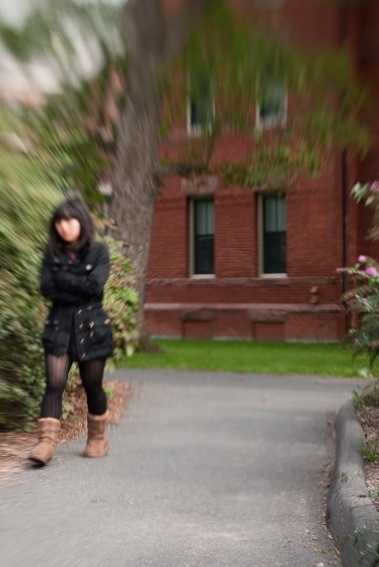 This lens is very practical for capturing detail oriented images. Having the ability to shift the plane of focus can give you the options to place the focus in a composition where you want it to be. You can in theory direct the viewers eye where you want them to see. What I found to be very compelling is how the blur creates a finer notice in the detail. As you can see in the next few images, the finer details of the architecture jump out at you as they become more prominent in the composition than normally would be if you were to stand and view them.
This lens is very practical for capturing detail oriented images. Having the ability to shift the plane of focus can give you the options to place the focus in a composition where you want it to be. You can in theory direct the viewers eye where you want them to see. What I found to be very compelling is how the blur creates a finer notice in the detail. As you can see in the next few images, the finer details of the architecture jump out at you as they become more prominent in the composition than normally would be if you were to stand and view them.
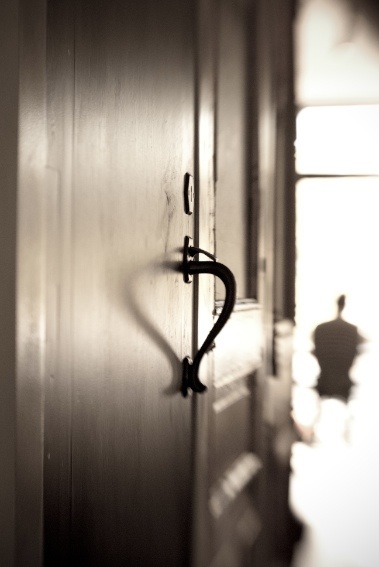 The Composer is a great lens. It offers a plethora of choices and is extremely versatile and can provide you with priceless images. The cost of the Composer is set at MSRP $270- I have seen it dip as low as $220-. The Muse, the entry level lens, lists at $150- We did not get to use them, so I am not sure how that one functions in terms of selective focusing. The higher of the three is the Control Freak I worked with a photographer last winter who used a Control Freak in his shoots. He was making some beautiful portraits of his clients. The first expression they would make when seeing the Control Freak was a look of inquisitiveness. Next would be the, "what the heck is that on the front of your camera?" It was a great subject for conversation and produce one of a kind images that allowed him to stand out. In short, these lenses are worth the investment. Had I not just replaced my daily wide angle, I would have purchased the Composer on spot. That investment is going to wait till 2011. Purchase one, have fun, and happy shooting.
The Composer is a great lens. It offers a plethora of choices and is extremely versatile and can provide you with priceless images. The cost of the Composer is set at MSRP $270- I have seen it dip as low as $220-. The Muse, the entry level lens, lists at $150- We did not get to use them, so I am not sure how that one functions in terms of selective focusing. The higher of the three is the Control Freak I worked with a photographer last winter who used a Control Freak in his shoots. He was making some beautiful portraits of his clients. The first expression they would make when seeing the Control Freak was a look of inquisitiveness. Next would be the, "what the heck is that on the front of your camera?" It was a great subject for conversation and produce one of a kind images that allowed him to stand out. In short, these lenses are worth the investment. Had I not just replaced my daily wide angle, I would have purchased the Composer on spot. That investment is going to wait till 2011. Purchase one, have fun, and happy shooting.

